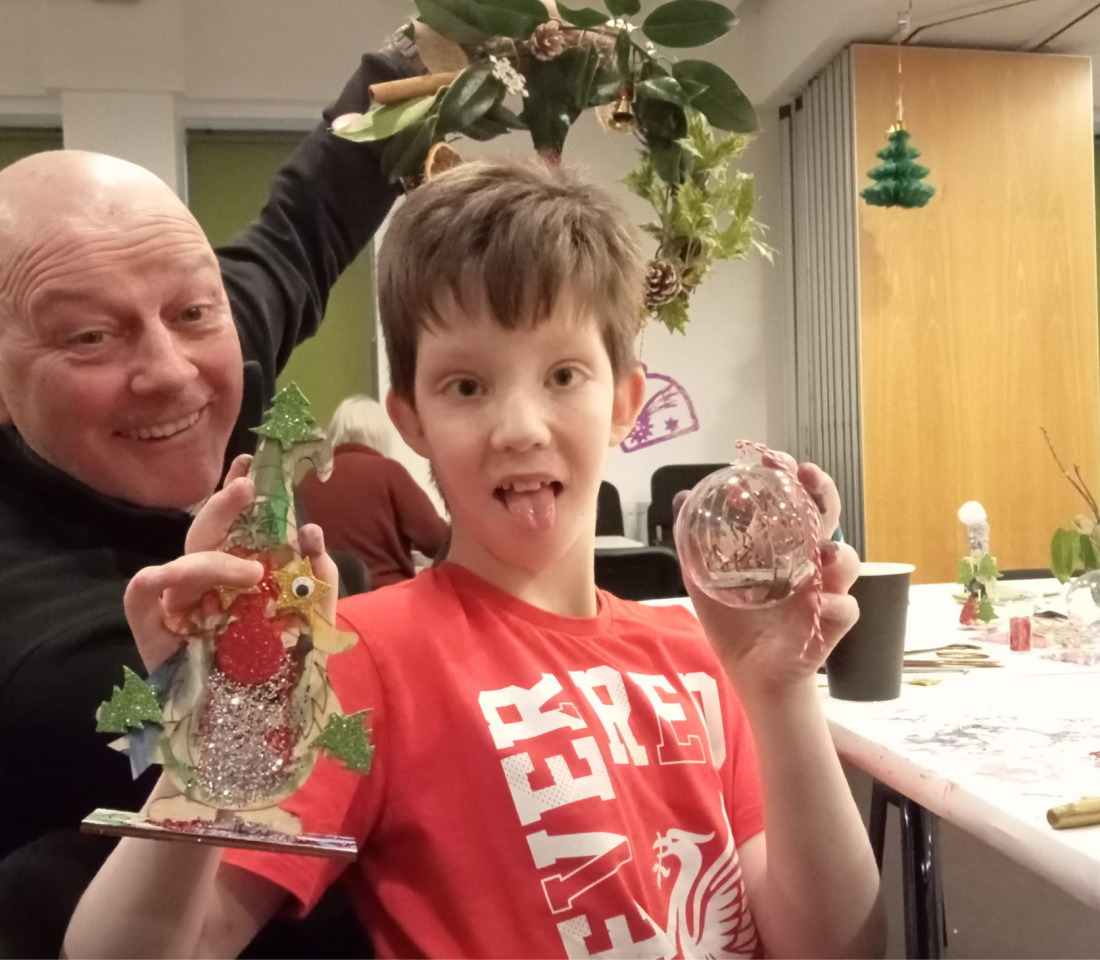What is Charles Bonnet syndrome?
Charles Bonnet Syndrome is a condition characterized by visual hallucinations in individuals who have significant visual impairment or loss.
The syndrome is named after Charles Bonnet, an 18th-century Swiss philosopher who first described the experiences of his visually impaired grandfather.
What causes Charles Bonnet syndrome?
Charles Bonnet syndrome develops when someone of any age – including children – has lost more than 60% of their sight. This loss can be caused by eye conditions, stroke, cancer of the eye, an eye injury, diabetes, MS (multiple sclerosis) or any other condition which damages the optic nerve.
As sight diminishes, the messages which run from the retina in the eye to the visual cortex in the brain slow or stop, leaving the brain with nothing to interpret – so it creates its own images.
What are the symptoms of Charles Bonnet syndrome?
The main symptom of Charles Bonnet syndrome is visual hallucinations which are extremely vivid and entirely silent.
Everyone’s experience of Charles Bonnet syndrome is different. Hallucinations may appear frequently or infrequently; be benign or frightening and disturbing and can last seconds or minutes.
Images seen can include:
- Simple patterns
- Words, numbers, maps or musical notes
- People, animals, plants, insects, rodents, reptiles, buildings, vehicles, fire or water
- Scenes of people of different sizes
- Groups / armies often wearing costume, such as Edwardian, military or medieval.
















